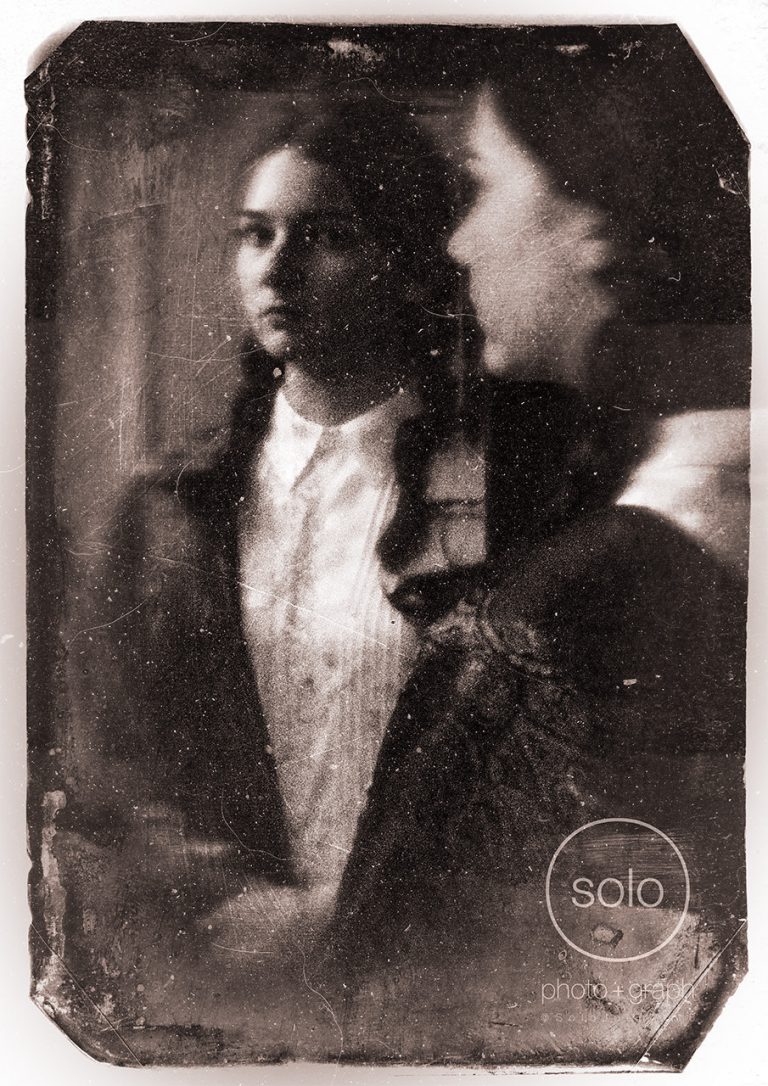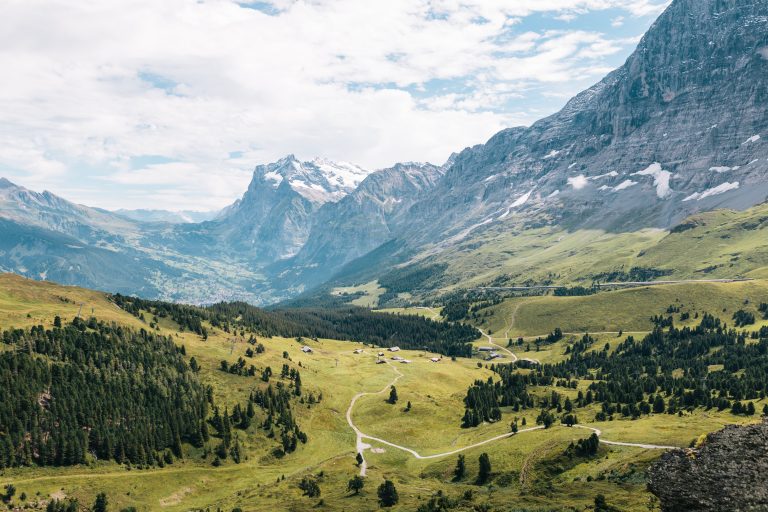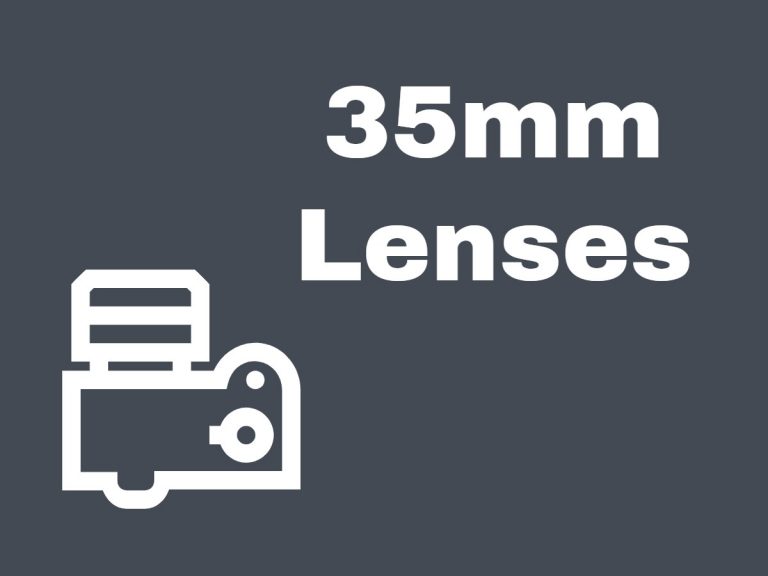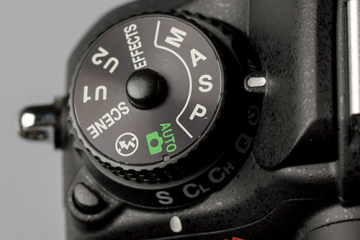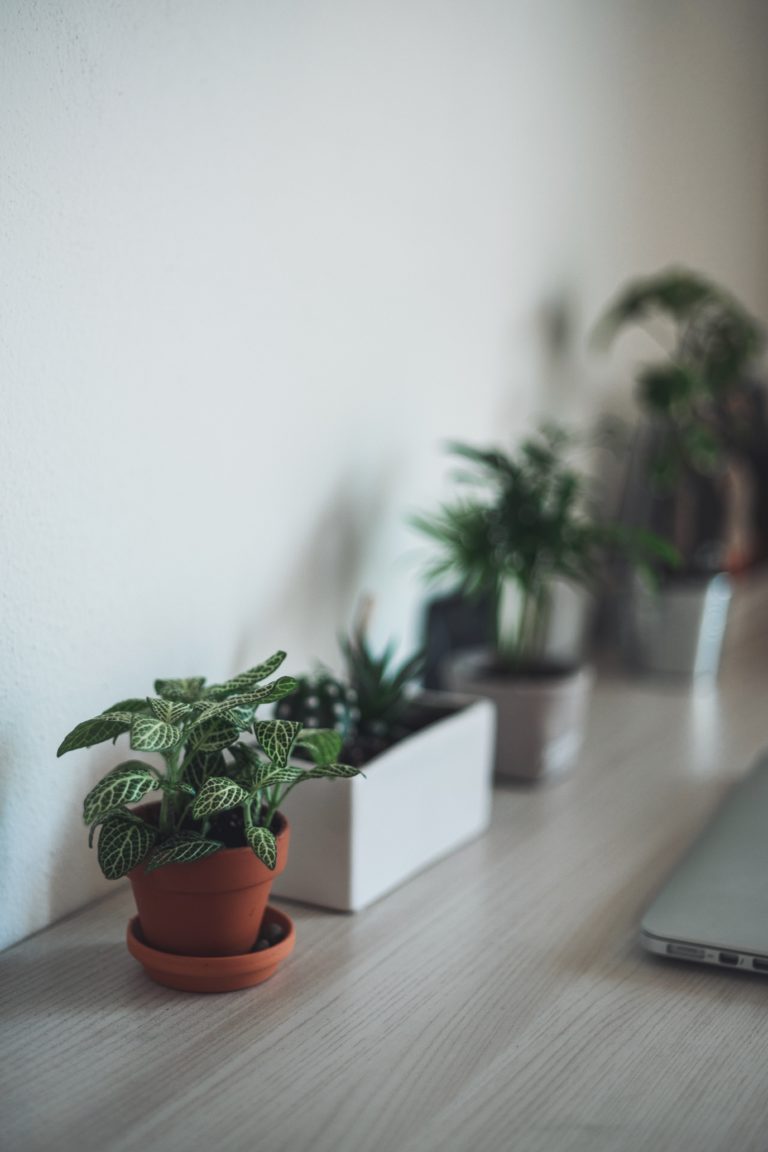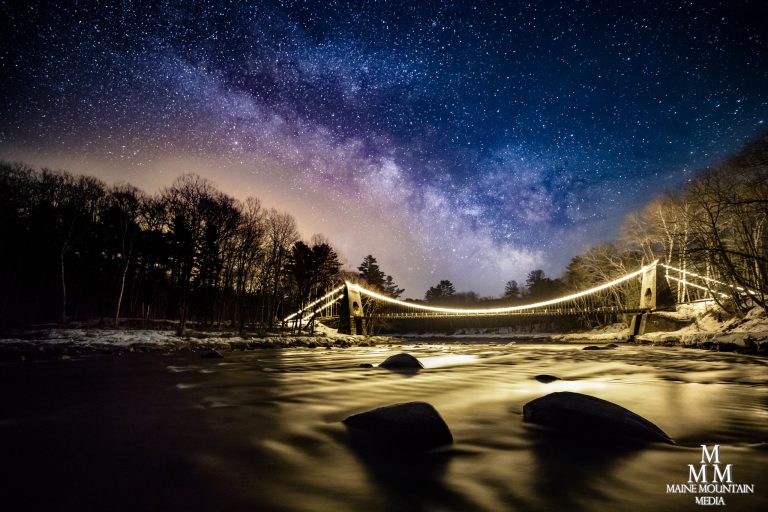Depth of Field Camera Settings
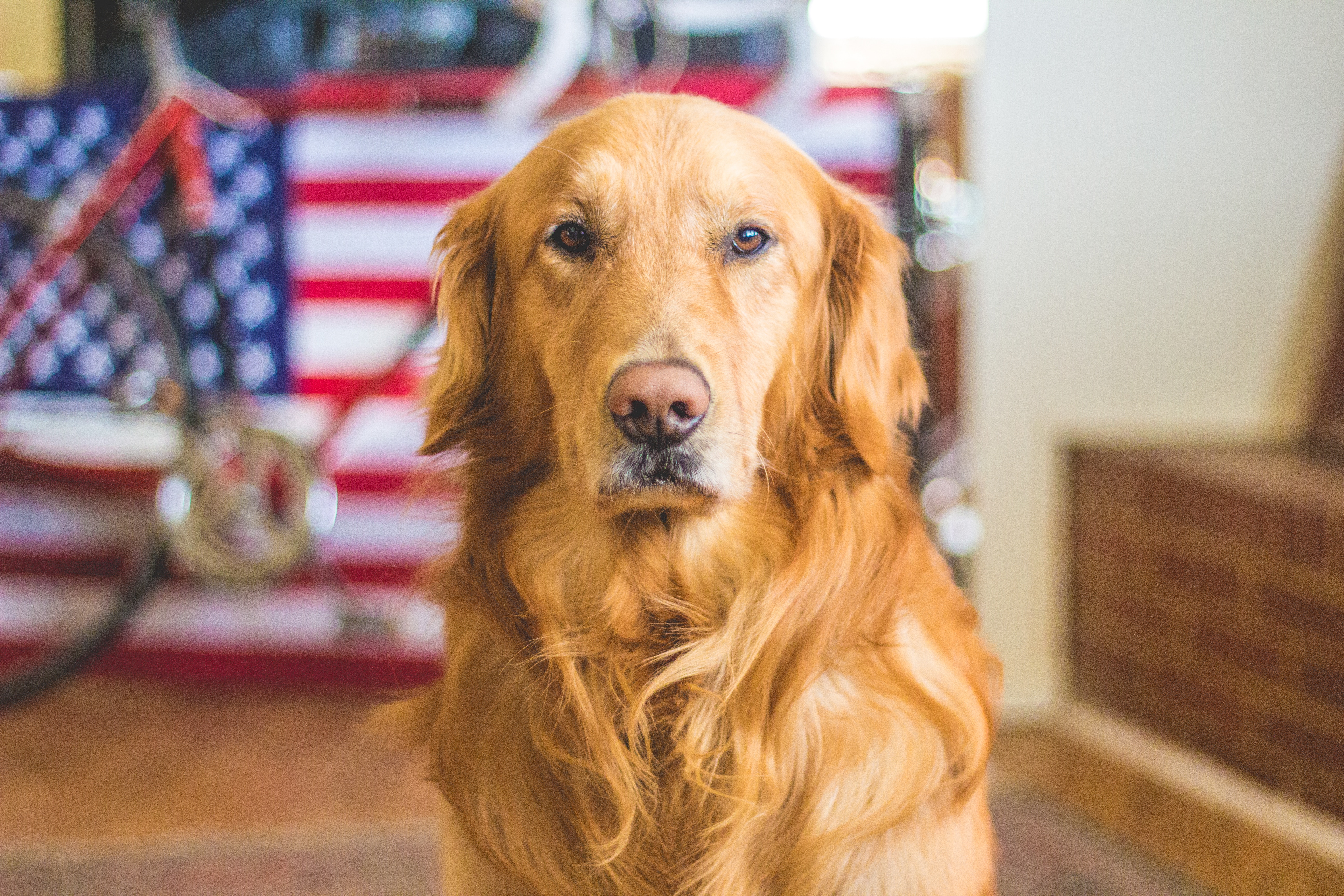
Choosing a depth of field and a corresponding aperture may not be so apparent when first starting out in photography but ultimately it’s fairly straightforward. This article is broken up into two sections on how to choose depth of field camera settings.
For a Shallow Depth of Field:
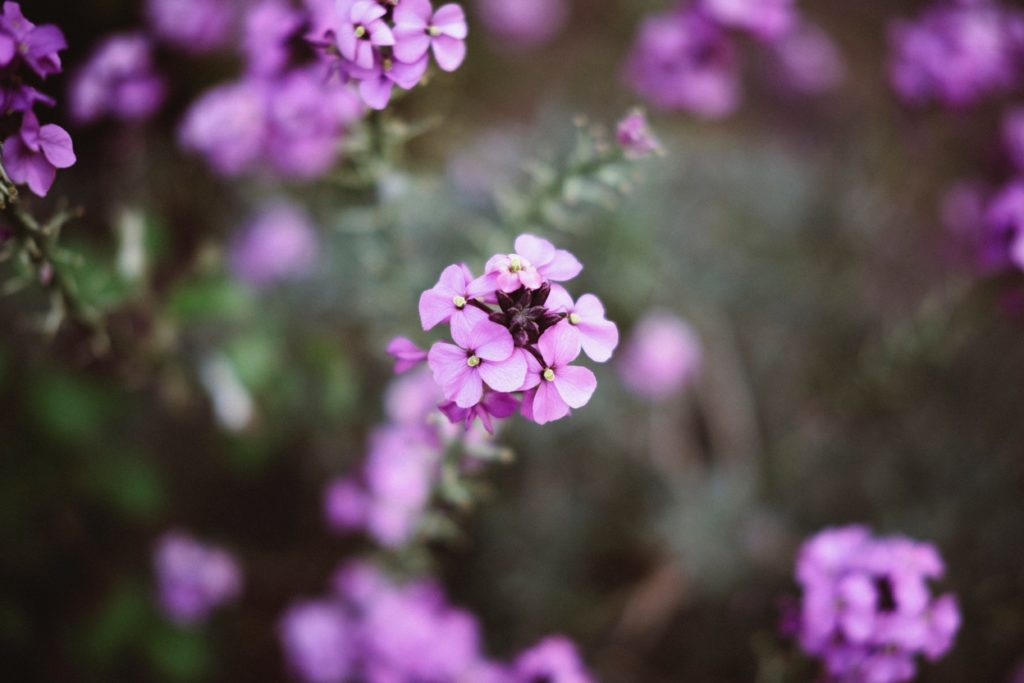
If you want to shoot with a shallow depth of field (meaning you want less in focus), then shoot with a larger aperture. This may seem counter intuitive at first but it’s just something you have to get used to in photography.
The wider or larger your aperture is, the less there will be in focus. This is a good a option for doing portraits, as it takes the focus off backgrounds that can be distracting and places it on your subject.
Conversely, the smaller your aperture is, the more will be in focus. Having more in focus works in photography situations such as city scapes and landscapes, where your whole composition is essentially the subject.
Another way to affect depth of field is to adjust how close or how far away you are from your subject.
The closer you are to your subject, the less there will be in focus. And the further away you get, the more there will be in focus.
Additionally, the distance you are to your subject affects depth of field.
As you get closer to your subject, the less there will be in focus. As you get further away from your subject, there will be more in focus in your image.
For a Deep Depth of Field:
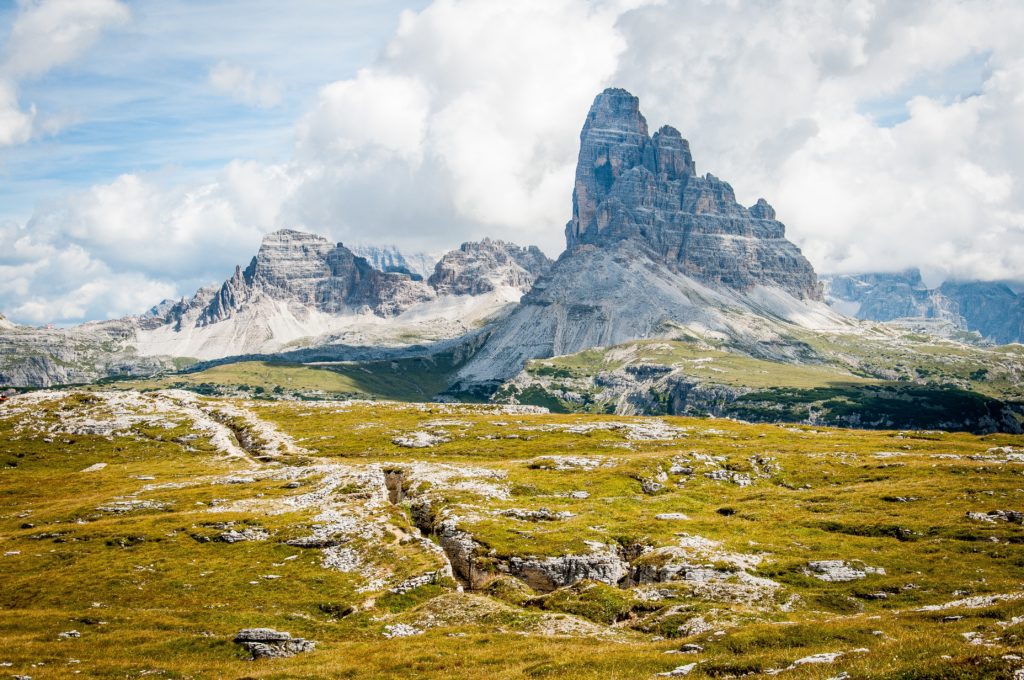
If you want a deep depth of field, or to have more in focus, there are a couple ways you can go about it.
The first is to use a smaller aperture. The smaller aperture you use, the more you will bring into focus within your pictures.
That does come with a caveat though: the smaller the aperture you choose, the more chances you will have of introducing diffraction to your image files, which decreases the quality of your images. Diffraction usually sets in after f/11+ but is dependent on the lens you use.
Also, the further away you are from your subject or point at which you focus, the more there will be in focus in the image.
Conclusion
Do you have any tips or advice on depth of field camera settings that weren’t mentioned in this article? Please add them in the comments below.

